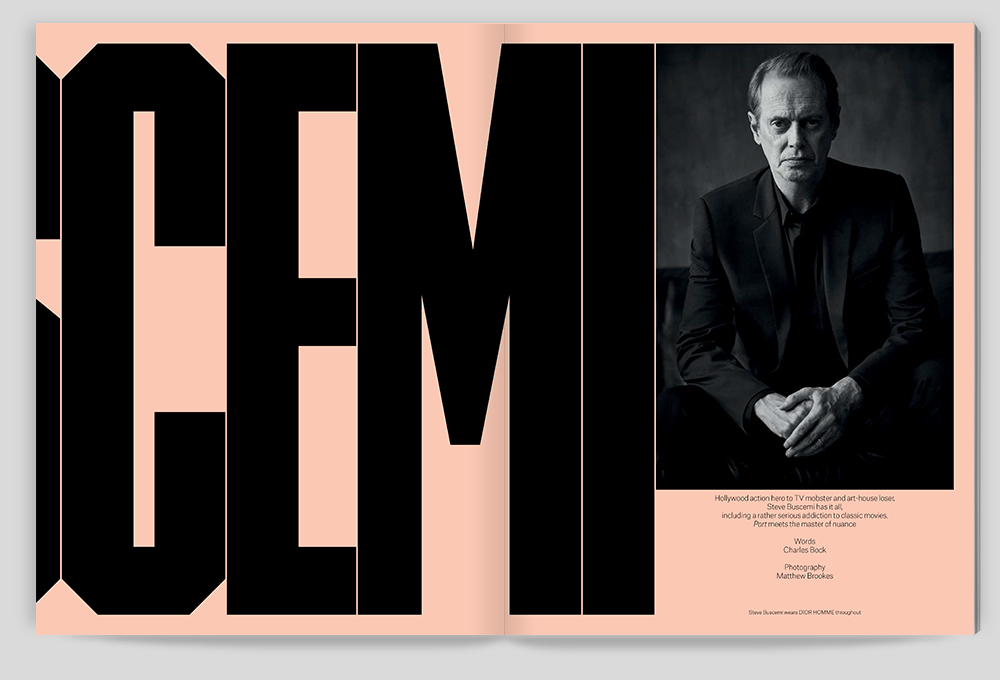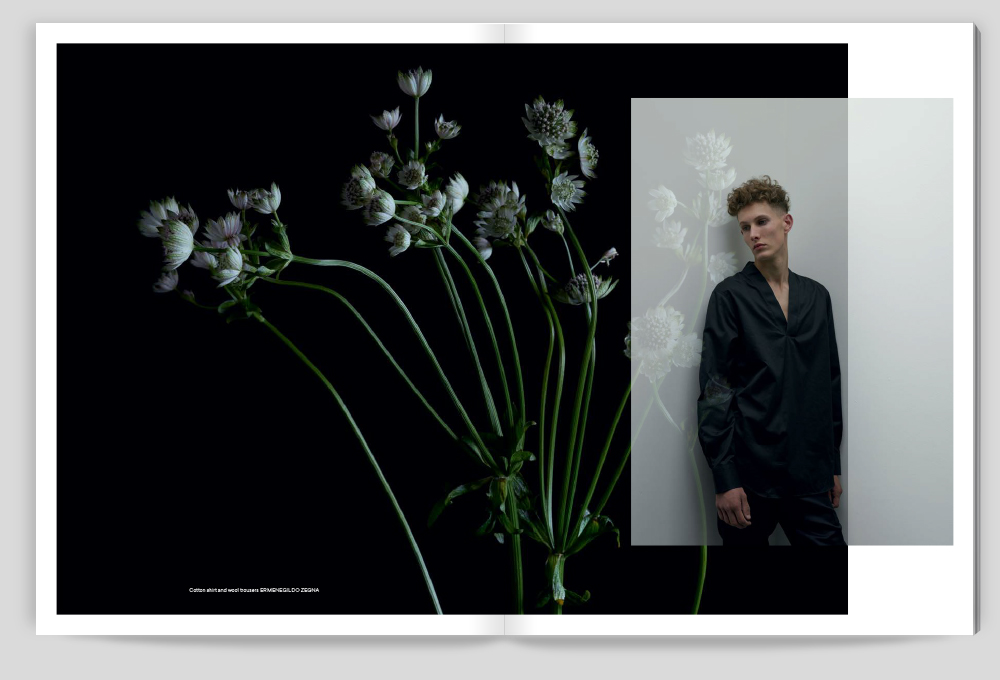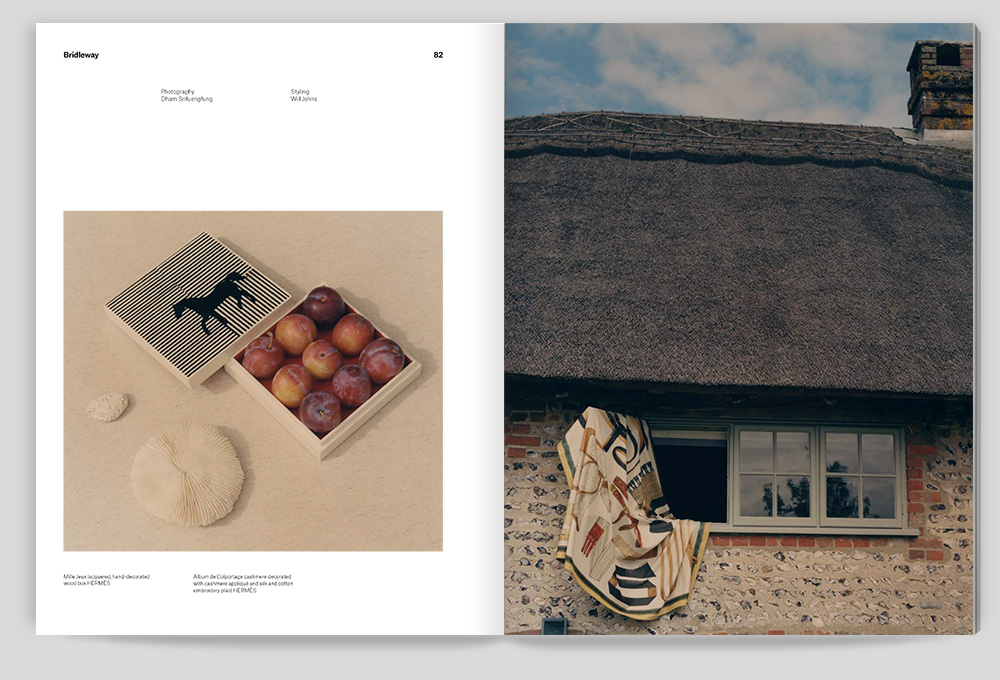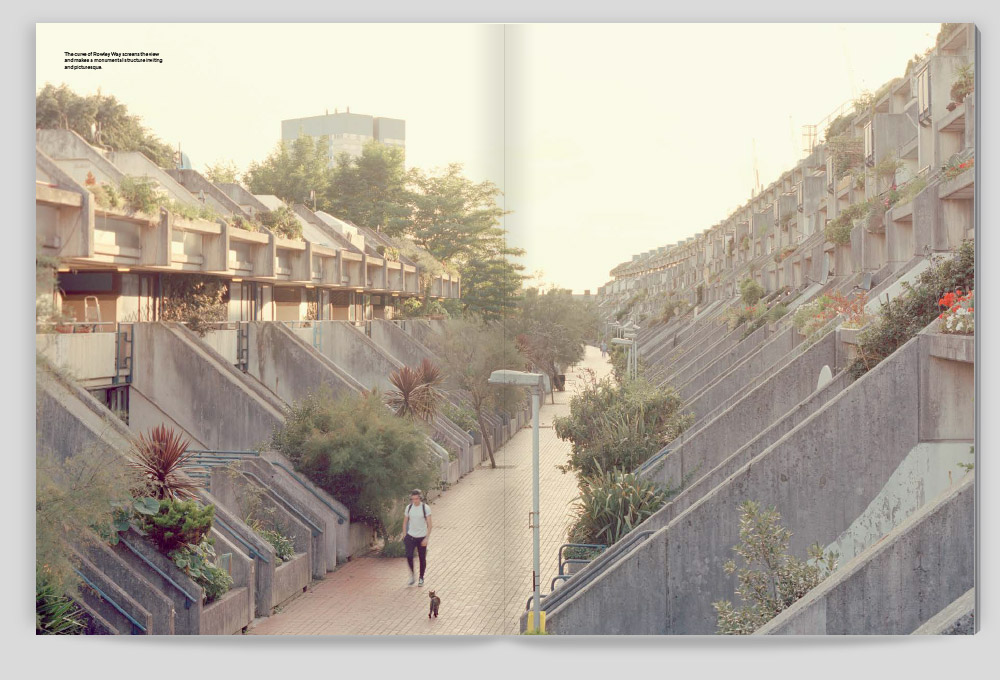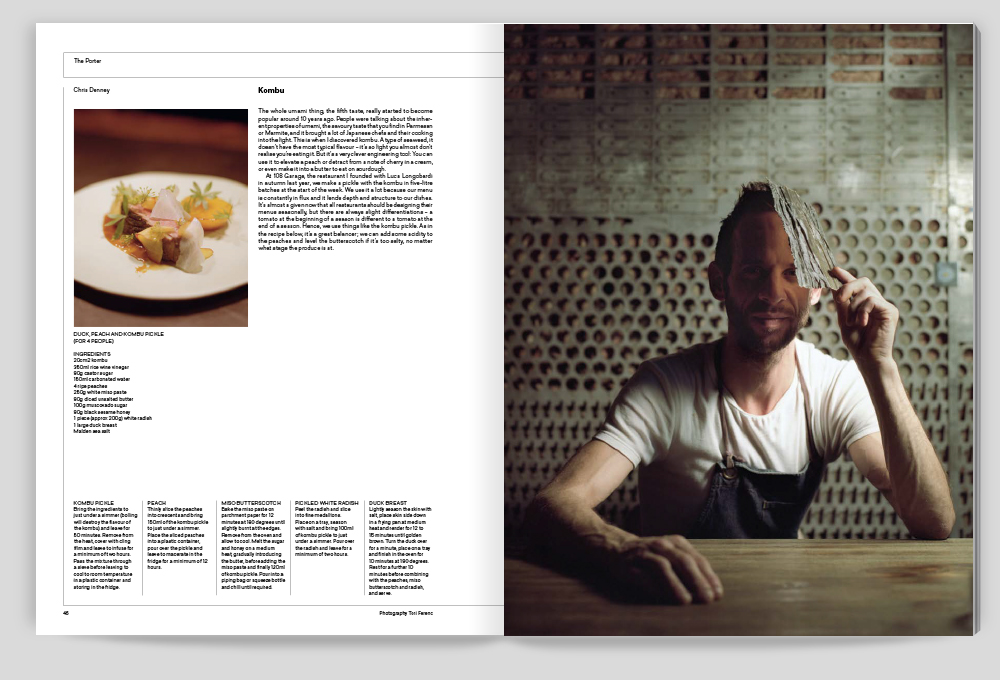In 2017, Alex Thomson became the fastest British sailor to complete the Vendée Globe. Here, Thomson and designer Konstantin Grcic reflect on their unique nautical partnership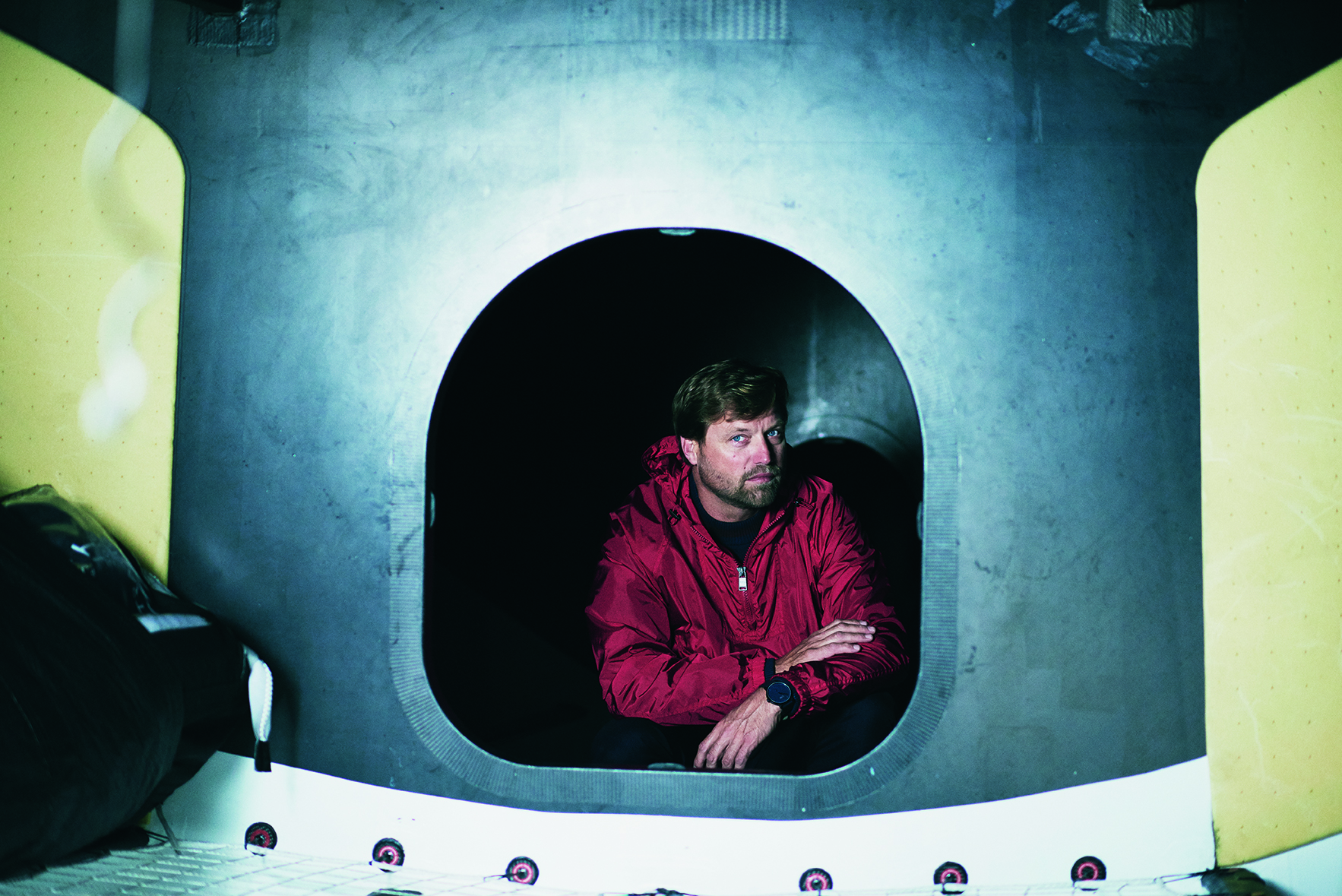
On 20th January 2017, after 74 days, 19 hours and 35 minutes alone at sea, Alex Thomson reached the finish line of the Vendée Globe – the gruelling, round-the-world solo yacht race. Although he arrived in the harbour of Les Sables d’Olonne, on the west coast of France, in second place, 16 hours after Frenchman Armel Le Cléac’h, Thomson became the fastest British sailor to complete the course, despite having lost one of his foils – the wings that lift the boat out of the water to minimise drag – on day 13.
Established in 1989, and running every four years since 1992, the Vendée Globe is the most demanding boat race on the planet – on average only half of the entrants will reach the finish line. An extreme test of endurance as well as of seamanship, Thomson – for whom this was his fourth attempt, having retired from the race in 2004 and 2008, and coming third in 2012 – had to snatch between 20 and 40 minutes sleep every three to five hours. Despite consuming up to 7000 calories a day, he would lose nearly eight kilograms over the course of the race.
For the most recent edition, Thomson and his sponsors, Hugo Boss, took the unusual step of partnering with the London-based German designer Konstantin Grcic. In addition to being responsible for the boat’s distinctive aesthetics, Grcic, who has produced work for some of the world’s leading design companies, was also instrumental in remodelling the cockpit area, an innovation which became essential for Thomson’s comfort and maintaining his morale. Here, for the first time since the race, Thomson and Grcic reflect on their unique collaboration.
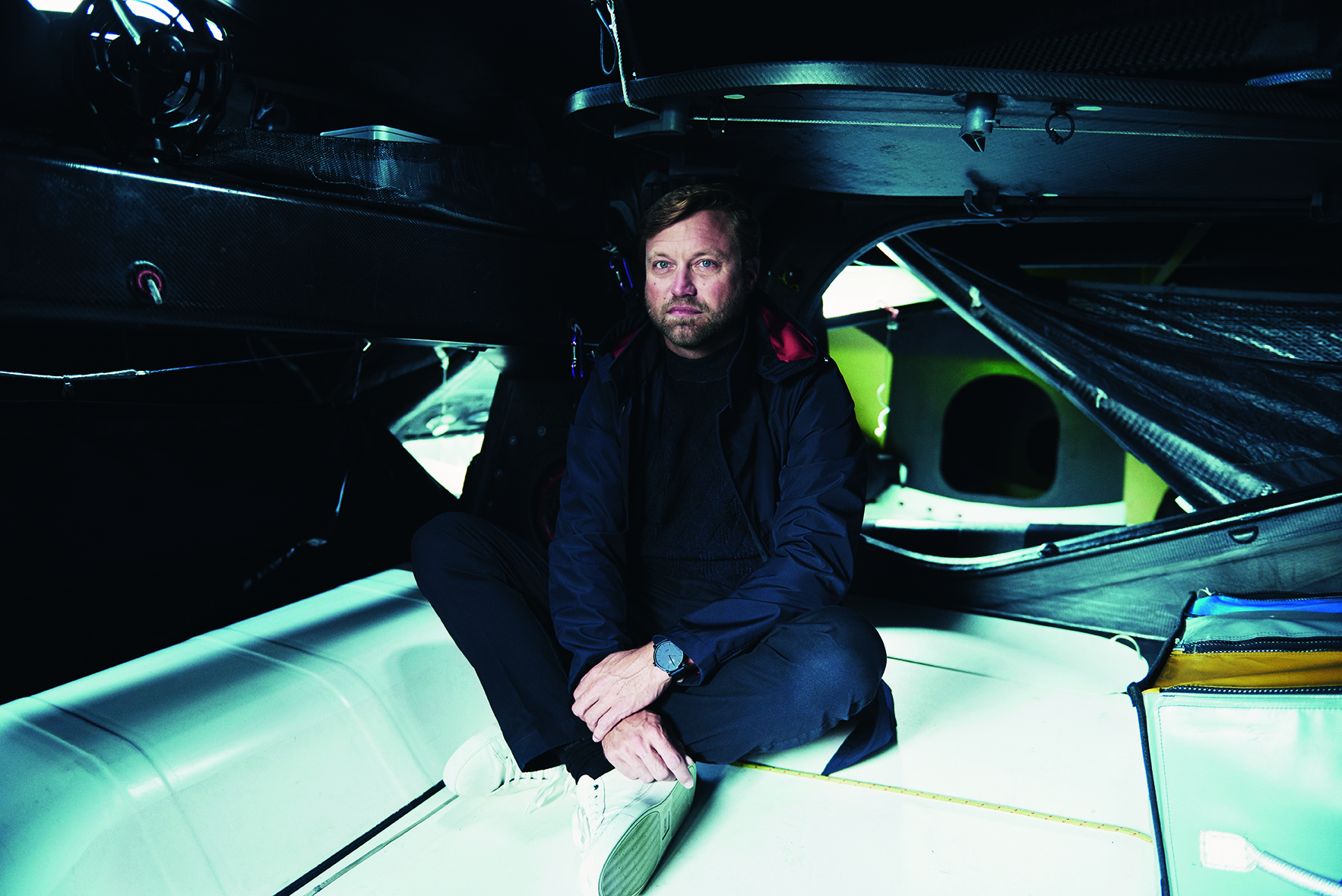
Konstantin Grcic: I loved following the race via the videos you made on board explaining everything. You were very unlucky to have lost the foil, and that one in particular – I know most of the racing is done on that side for the Globe. You would have had a great chance of winning with two foils rather than one!
Alex Thomson: The videos were a great thing to do. When you communicate in that way you get feedback. Every time I put a video on Facebook, I would get thousands of comments from the team about how I had inspired other people, who in turn inspired me.
It feels like such a long time since we first met in New York. I remember back then I didn’t really know whom I would be meeting. I thought it would be an ‘artist’, someone who would come up with a completely impractical idea, not someone down-to-and humble. We connected immediately.
KG: The conversation was there straight away – but then not many people can speak so clearly, and in a way that creates a great enthusiasm about what they do. That conversation, in the restaurant, gave me the first clues for this project.
AT: I remember being so happy with you and your ideas. People often say to me that the way the boat looks is not important, but I think it’s critical. Our boat was voted the most beautiful in France, which is a big deal when it’s an English boat with German sponsors and a German designer. It created this impression that we were peerless and I can’t tell you what that means to the team. Obviously they are involved in the physical side with the build, but the look of the boat and how other people see it creates an emotional bond that you wouldn’t have with most boats.
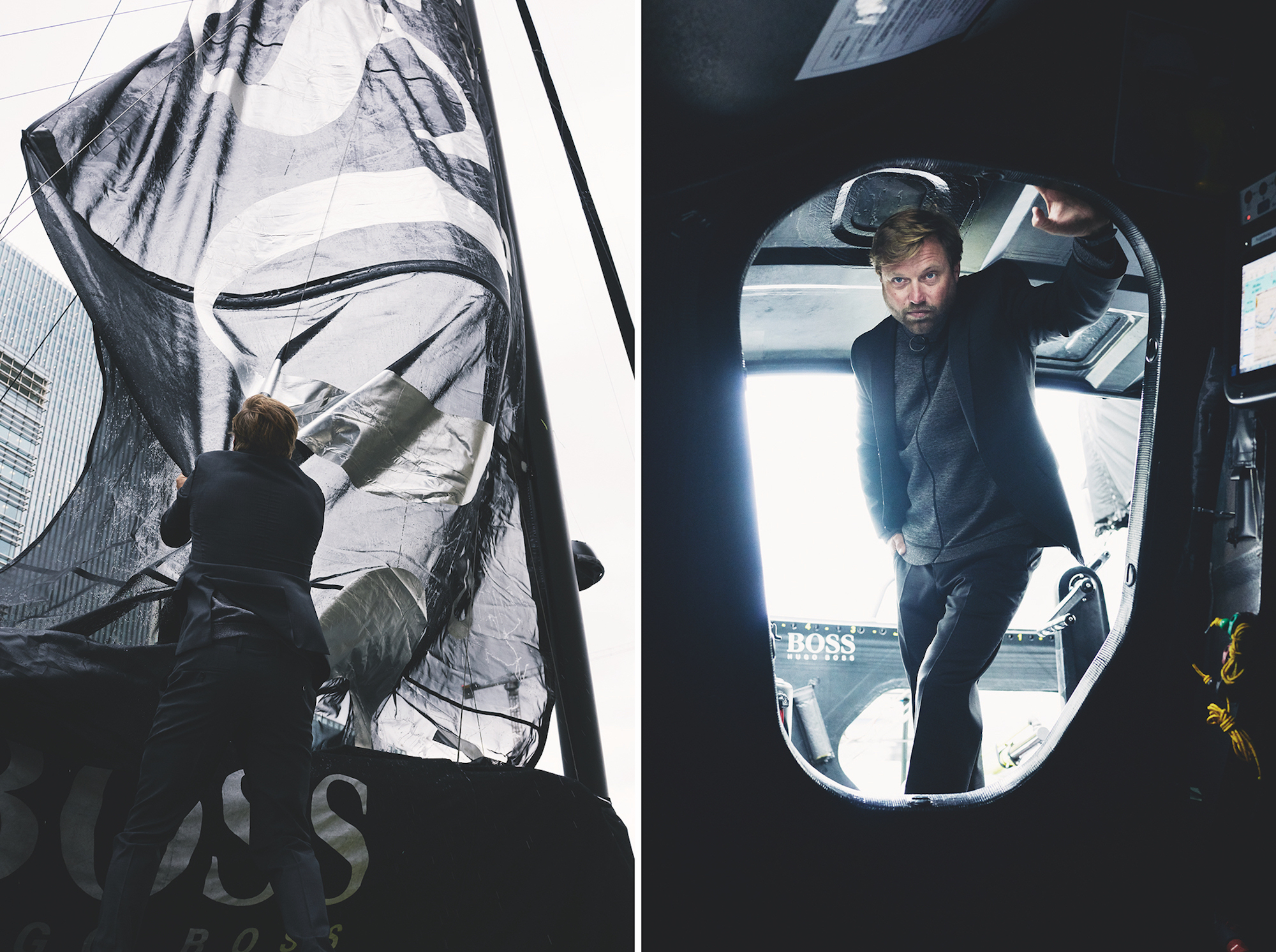
KG: I take that as a huge compliment. The colour, the logos and the style aren’t just decoration. They have to hit the right tone, to capture something in this design that the team really identifies with. And it has to have this psychological element that when you’re on the starting grid, you’ll feel powerful with your boat. Of course, this is something I’m familiar with as a designer – the psychology of form, of design. It’s fascinating what a difference it makes. It was such a challenge to follow your last boat, the completely silver one. But then we found a way to make the new boat all black. Technically it was challenging [the boat is glued together with a resin which is cooked at 80°C; if the boat reaches this temperature, which is possible in the tropics, it could begin to fail structurally]. We worked with a company to develop paint that could reflect light in the same way white paint would. It was nice how an initially purely aesthetic decision actually became a project that we developed together, creating something special and unique.
AT: And then there was the cockpit too. We spent so much time and energy in the previous Vendée Globe trying to make the boat go fast that the last thing we thought about was the comfort of the skipper. Yet the more comfortable you make the skipper the harder they will work. So we brainstormed how to make it more comfortable, how to make the internals work in an effective way. It took six months or so of refining, but what we have now is not so far from what we originally discussed. It was so beneficial to work with someone from a different background who can bring different considerations to the table. It’s definitely something we will do more of next time.
KG: Likewise! It was such a rich experience for me. I’m not an athlete but I love sport and to be able to see behind the scenes, to see the whole process from cladding and building the boat, raising the funds, the discussions you had and the dark hours of failure where you have to pick yourself up, as well as the successes, was something I’ll keep with me for a long, long time. It was unique.
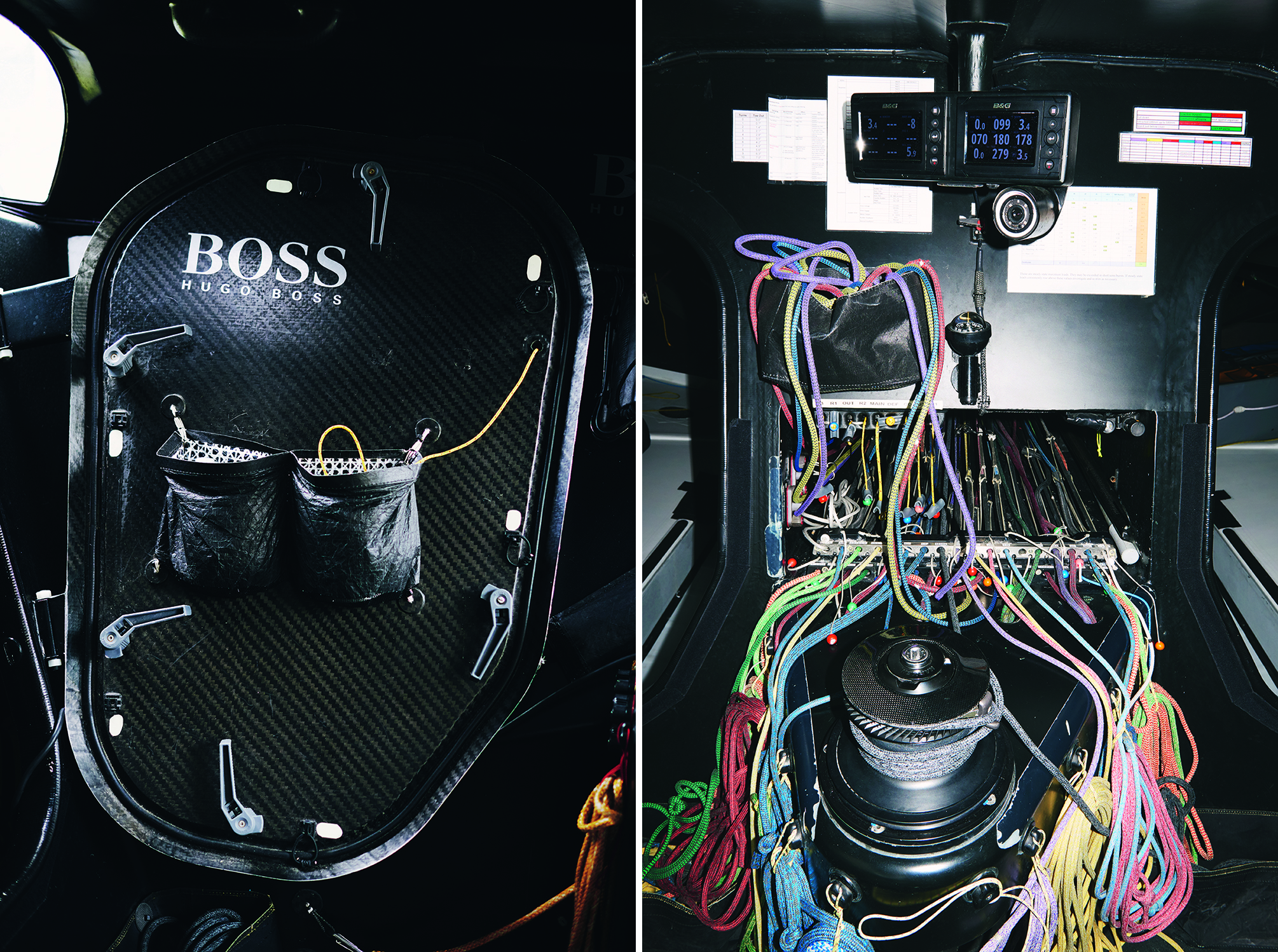
Photography Benjamin McMahon
Styling Dan May
All clothing AW 2017 collection BOSS
Grooming Lee Makin
This is an extract from issue 21 of Port, out now. To buy or subscribe, click here.

